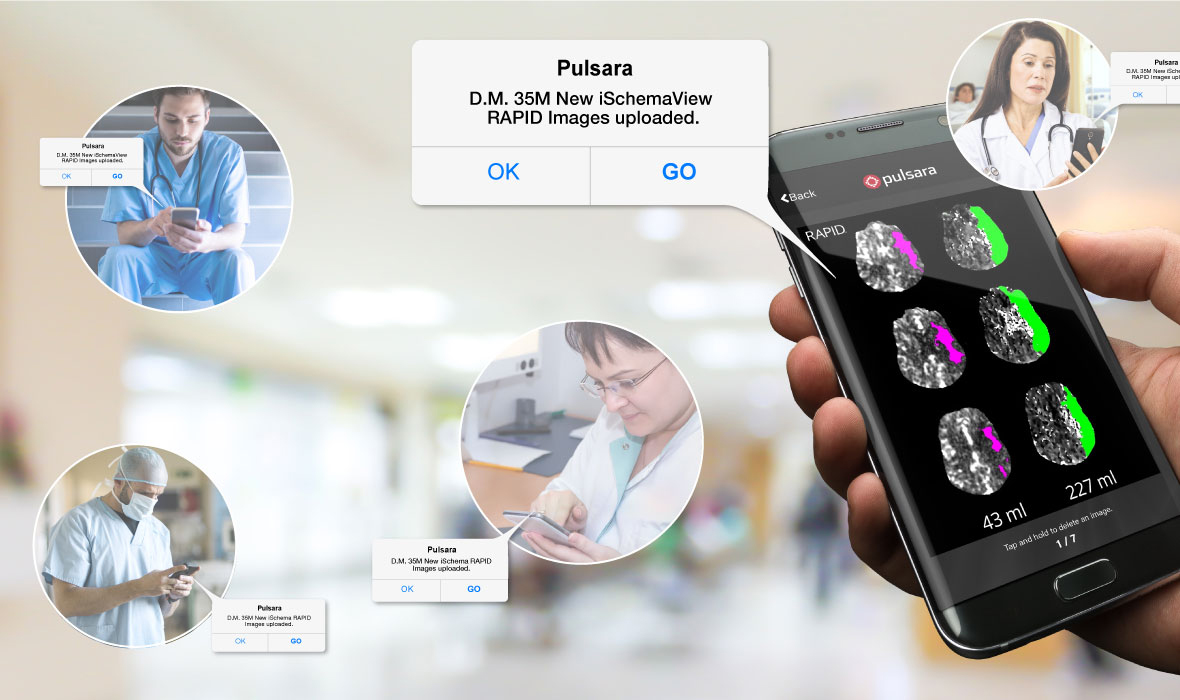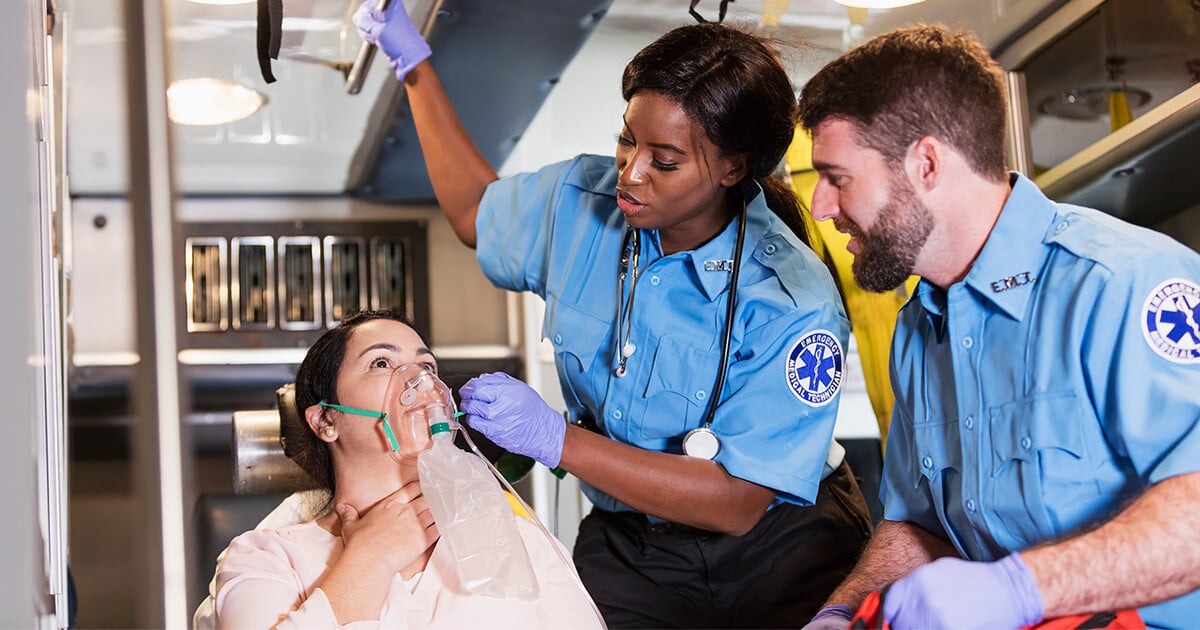Pulsara Around the World - April 2025
March Recap A New Integration: Improving Data Management, Streamlining Workflows, and Improving Care CoordinationOnly a few days ago, we announced...
2 min read
 Team Pulsara
:
Aug 05, 2019
Team Pulsara
:
Aug 05, 2019

Whatever communication technologies your team uses to coordinate care for ELVO stroke, ensure that they instantly connect ALL players -- from EMS to various departments at your hospital to key players at facilities outside of your hospital -- in one place where everyone can see all the imaging, data, patient information, and case progression. (See how Pulsara's stroke app could support your teams here).
Did you know Pulsara integrates with iSchemaView RAPID to allow real-time sharing of RAPID images including CTP, MRI and CTA? Learn more here.

March Recap A New Integration: Improving Data Management, Streamlining Workflows, and Improving Care CoordinationOnly a few days ago, we announced...

EMS providers and industry stakeholders can now improve data management, streamline workflows, and reduce the risk of double documentation through...

NORTH POLE, AK — It’s an open secret that there’s a lot of activity going on at the North Pole this time of year. Between checking the list twice,...